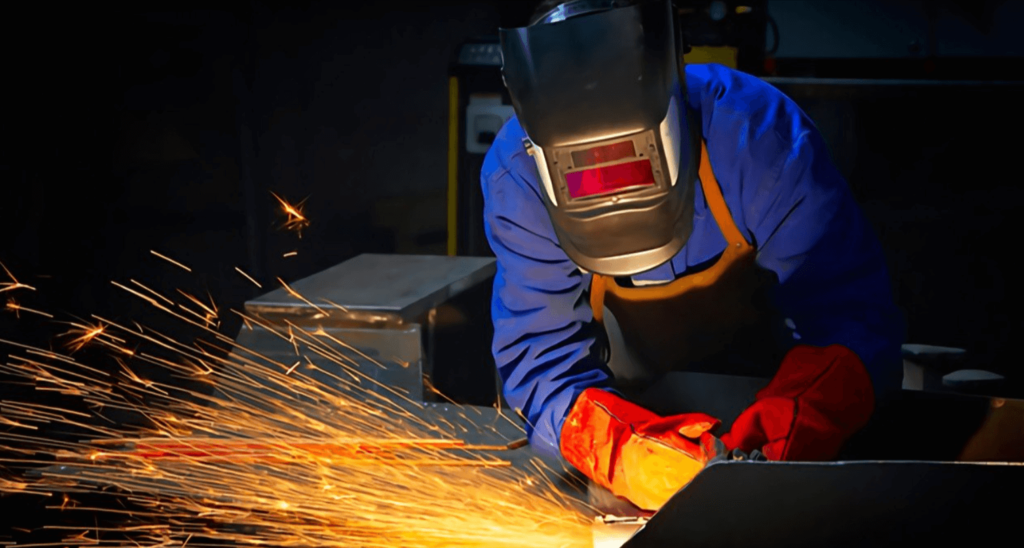How does Welding Work?

Welding is a fabrication technique that unites two or more metals by applying pressure, heat, or both to create a solid, long-lasting bond. Weldable materials mainly include metals and thermoplastics, however, welding other materials like wood is also conceivable.
When Sir Humphry Davy struck an electric arc with a battery and two carbon electrodes in 1800, he invented modern welding. Since then, welding has evolved into a highly adaptable technique that has opened the door for its employment in a range of undertakings, from simple do-it-yourself projects to massive factory assembly.
The majority of industrial sectors use various welding methods, so let’s examine their operation and underlying theories.
How Does Welding Work?
Melting of the base materials occurs during the high-heat welding process. This is also the primary distinction between this process and brazing and soldering, in which just the filler material is melted and there is no fusion of the parent materials.
By attaching two or more workpieces together at a high temperature, welding operates. The heat produces a pool of molten material that forms a weld, which after cooling solidifies into a single piece. The parent metals’ strength may even be surpassed by the weld.
Although there are numerous forms of welding, they all use heat or pressure to melt the metals and form welded seams. Depending on the use and the material, the source of heat or pressure may change.
Due to their simple and straightforward welding processes, metals are known as the most frequently welded materials. While plastic welding is also relatively common, wood welding is still in its infancy.
Many factors, including the requirement for particular supplementary tools, shielding gases, welding electrodes, and filler material, have an impact on the welding process. Let’s take a deeper look at some of the most popular welding techniques now in use and discover what makes each one special.




